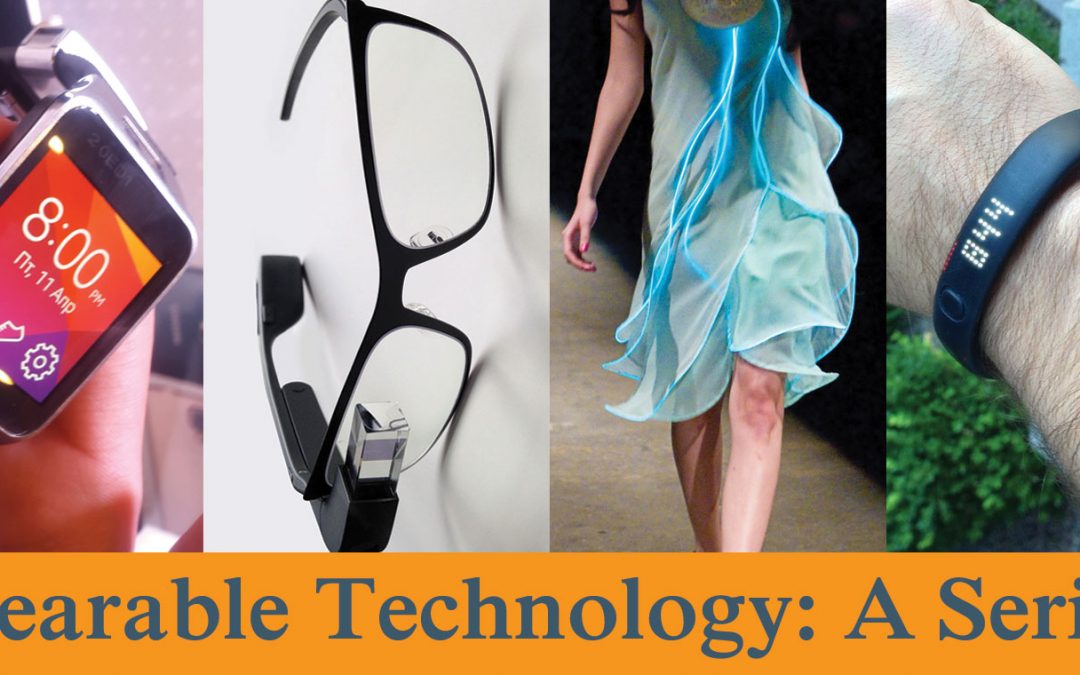At the Wearables + Things conference last October, Kabir Kasargod, the director of business development at Qualcomm Life addressed a crowd of developers saying, “If you’re serious about [the wearables industry], embrace the FDA. Learn how HIPAA works. Make sure [your work is] connected to the [electronic medical record] and that all the health laws are observed. There’s a tremendous dearth of innovation here. I would move away from fitness and go hardcore into health. That’s where the money is.”
And Kasargod is right. The Health Insurance Portability and Accountability Act is tedious (which I know firsthand, as both my parents held jobs in healthcare and the topic graced my childhood dinner table for years before and after it was enacted), and the Food and Drug Administration’s regulatory hoops are sometimes like a bad circus, but that doesn’t mean that an entire sector that is so advanced in much of its technology should be lagging in the wearables industry.
Communication
Last month I spent an evening at a local hospital with a family member. Besides playing caregiver, what did I do? I checked out all the gadgets. What was in the room? What did the nurses cart in and out? My favorite device was a little clip-on badge manufactured by Vocera Communication, Inc., a company that is making incredible strides in secure medical communication. As the nurse explained to me, everyone on the medical staff has a Vocera badge. Not only can she securely page someone at that hospital, she can voice-call a doctor or nurse at one of their sister hospitals over a secure wireless connection. Vocera has also developed accompanying software for phones and computers to make patient care management and interdisciplinary team communications easier. Oh, and they’ve developed an app for the Apple Watch that takes their system to the next level.
Management
There are already a number of great apps on the market like Glooko and Glucose Buddy, which are both designed to help manage diabetes by allowing glucose readings to be uploaded directly from your meter, and other areas of health managed with diet, exercise, and medication trackers. Let’s take this idea of tracking vital stats further.
Under parent company Avery Dennison (yes, the same Avery that makes binders and “Hello my name is” tags!) MetriaTM Informed Health is a portfolio of digital health products being developed by VanciveTM Medical Technologies. Focusing on sensing (collecting data from a patient), interpreting (reading the data), and visualizing (displaying the data), products have the potential to provide real-time metrics for patients across a range of medical conditions.
The MetriaTM Informed Health Model 1
The MetriaTM IH1, whose technology is already a few years old at this point, allows information to flow directly from the wearer to a device where a caregiver can see the output. The IH1 is currently designed as a disposable device to monitor a number of stats for up to seven days. Applications include cardiac telemetry, tracking sleep patterns, disease management, and remote monitoring. Additionally, all data can be stored to make sophisticated research easier. Imagine the advancements that could happen for treating Parkinson’s disease and Multiple Sclerosis simply by having 24-hour patient data available.
Care
Wearables are making medicine portable. Bionic limbs. OMG so cool. The technology for taking arms from being a PikStick to having fingers that move independently is on the move. bebionic is revolutionizing prosthetic hands with an array of customizable features, including grip pattern and precision control (much like a gaming mouse). Össur, an Icelandic medical solutions company, has been focusing on lower limbs for now, but I guarantee hands are up next. Their bionic technology utilizes artificial intelligence and focuses on making gait more even by automatically adapting to both deviations in terrain and the compensatory movements of an amputee. Where are bionic parts headed? Last year a Danish man tested a prosthetic that actually allowed him to feel again.
Let’s also look at medication management. A 2014 study published in The New England journal of Medicine showed that a bionic pancreas operated by a modified iPhone was successful in managing insulin levels in Type 1 Diabetes patients. Where an insulin pump simply provides insulin, the pancreas also manages glucagon levels. By providing basic information about food intake, the iPhone app communicates with the “pancreas” and showed in the study that it provides better regulation of insulin levels than a plain ol’ insulin pump.
While you probably won’t be chipped for easy tracking of your vitals anytime soon, wearable technology in medicine has the potential to fast track advancements in care, prevention, and research in the years to come.
Stay tuned for more in this wearables series:
- Business
- Sales & Marketing
- Medicine
- Education
- Design & Product Development

